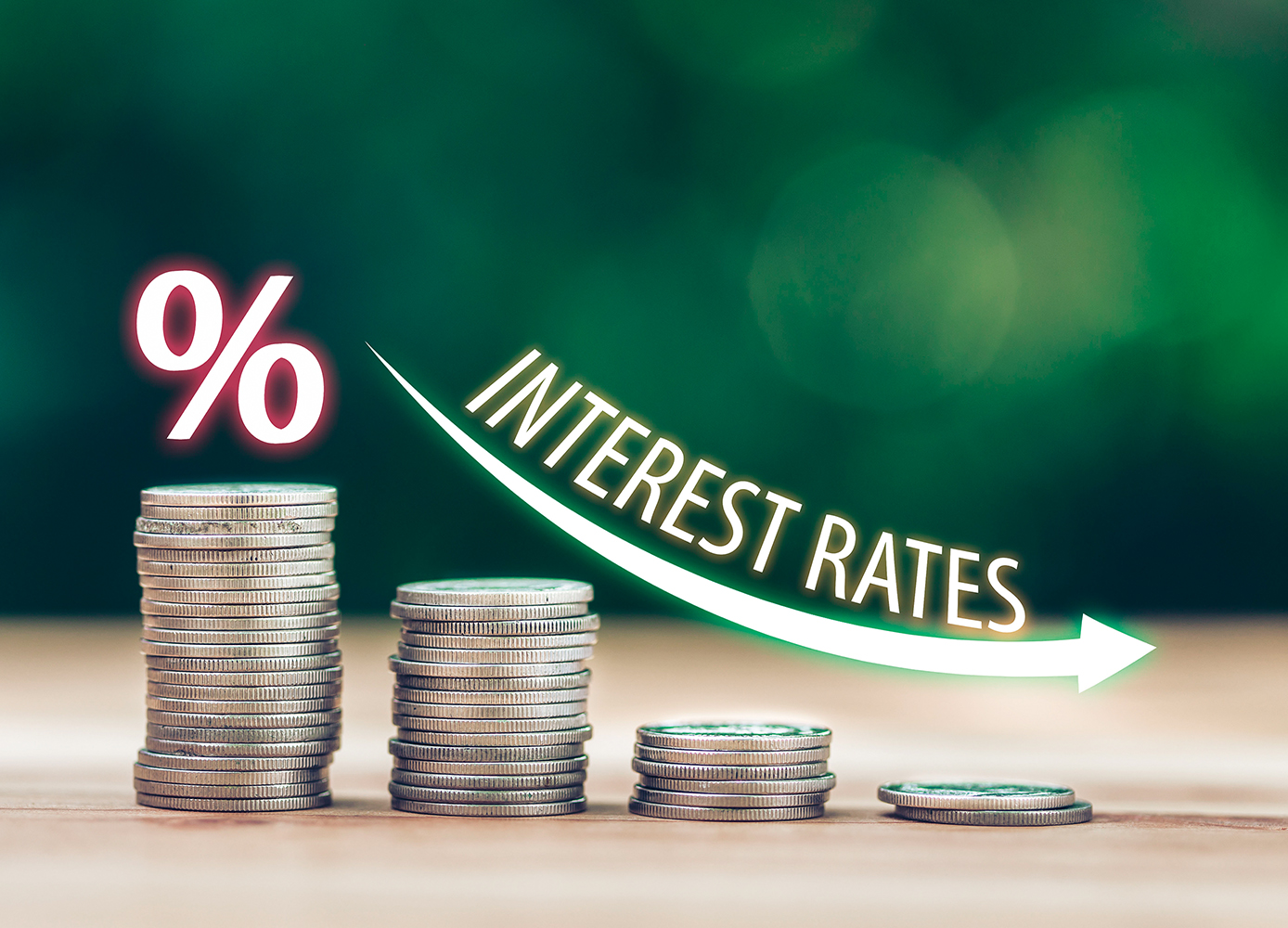Guaranteed Investment Certificates are safe, but they’re not paying much these days. For some, fixed-income mutual funds might be a better investment
In the regular feature Your Questions, Olev Edur provides answers to questions from our readers regarding their rights, personal finance, and estate planning. Here’s one on the pros and cons of fixed-income mutual funds.
Q. My wife and I are both 68, retired, and what I suppose you would call reasonably well off, with our Canada Pension Plan (CPP) and Old Age Security (OAS) benefits plus small pensions, the mortgage and car loan paid off, et cetera. We also have about $200,000 tucked away in our RRSPs and TFSAs, mostly invested in Guaranteed Investment Certificates (GICs), but we’re getting discouraged by the miserly rates of interest we’ve been getting from these investments. We don’t like the idea of buying stocks because the stock markets seem so crazy these days, but we’ve been looking at some fixed-income mutual funds lately, and they seem to be paying quite a bit more than our GICs. Should we move some of our savings into these investments? What are the pros and cons?
A. The advantage of fixed-income mutual funds is that, as you mention, they tend to deliver higher returns than GICs. This is largely because these funds’ managers have the skills as well as the financial resources to buy higher-yielding fixed-income investments such as bonds, mortgage-backed securities, and sometimes dividend-paying stocks or preferred shares, or even other fixed-income mutual funds. (“Fixed-income” is a generic term describing any investment that primarily or exclusively delivers interest or dividend income, as opposed to capital gains generated by stocks and other capital assets such as real estate).
Mutual funds also have enough capital to buy a diverse portfolio of holdings, so disappointments with one particular holding can be cushioned by the others. Indeed, diversification is a cardinal tenet of investing.
The cons are that, first, the returns from these funds can’t be guaranteed—they can have good years or bad years, and you’re along for the ride regardless of what they earn. Second, unlike most GICs, mutual funds aren’t covered by the Canada Deposit Insurance Corporation (CDIC), meaning that if they were to go belly-up, you would have no recourse. Of course, the failure of a fixed-income fund is an extremely rare event (in fact, I can’t recall it having happened), and the funds’ returns may vary a bit, but they’re generally fairly stable.
There can also sometimes be trading restrictions and extra fees attached to any mutual fund transaction. Because of this, one increasingly popular alternative has been the fixed-income exchange-traded fund (ETF). ETFs are much the same as mutual funds—diversified pools of professionally managed investor capital, although many “passively managed” ETFs simply mirror a benchmark index, such as the FTSE Canada Universe Bond Index. However, ETFs are structured so as to trade like ordinary shares on stock exchanges; there are no trading restrictions or extra fees, only normal trading commissions.
Of course, you could always buy the underlying holdings of a fund or ETF yourself, but securities such as corporate or government bonds usually come with minimum purchase requirements, and buying a diversity of securities could entail far more trading costs than would apply with mutual funds. You’d also have to have a good idea of what you are doing, because fixed-income analysis can be exceedingly complicated.
Mutual funds and, more recently, ETFs of all sorts—fixed-income, equity, as well as combinations of the two investment classes—have become very popular among investors such as you because they offer diversification at reasonable cost, usually generate higher returns than GICs and the like, and, while they aren’t CDIC-insured, are nevertheless quite safe. It’s up to you, though, to decide whether you’re willing to accept the risk of returns that can vary somewhat from year to year and to invest in assets that aren’t CDIC-insured.
Photo: iStock/Puttachat Kumkrong.






